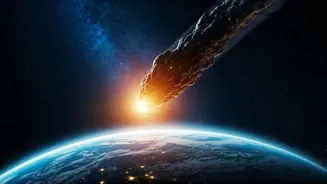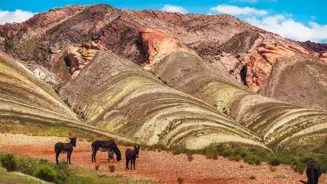Unveiling the Mysteries of Asteroid Impacts: 7 Historic Moments & Their Legacy - Dive into Earth's Impactful Past
Asteroid Impacts on Earth: 7 Historic Events and Their Ramifications – A Look Back
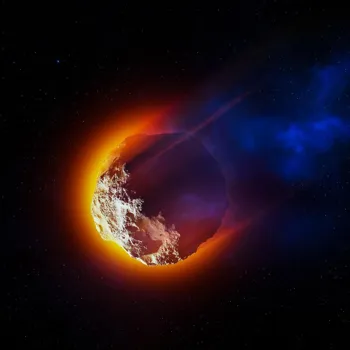
Indian
interest in space events, impact history, and planetary defense significance
In recent times, space exploration and astronomical events have piqued the curiosity of many Indians. We often hear about asteroids whizzing past Earth, sometimes leading to nervous discussions about potential collisions.
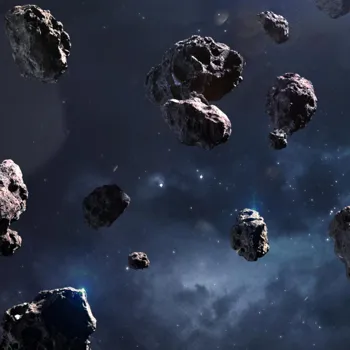
While the silver screen often portrays doomsday scenarios, the reality is more nuanced. Asteroid impacts, while infrequent on a human timescale, have played a significant role in shaping Earth's history and the evolution of life.
Let's take a look at seven such historic impact events, sans the sensationalism, focusing on the scientific evidence and their long-term consequences. Understanding these events helps us appreciate the dynamic nature of our planet and the ever-present, albeit small, risk from space.
It also underscores the importance of ongoing research and planetary defense initiatives. We'll explore events ranging from colossal impacts that triggered mass extinctions to smaller, yet still significant, events that left their mark on the geological record.
Asteroid strike led to mass extinction and mammal evolution
The most famous, and arguably most impactful, asteroid strike occurred approximately 66 million years ago.
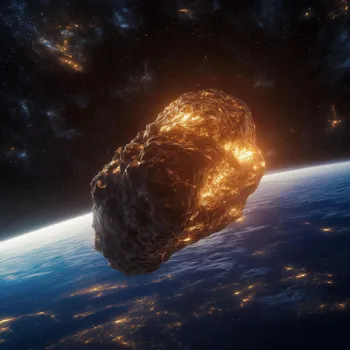
This event, associated with the Chicxulub crater in the Yucatan Peninsula of Mexico, is widely believed to have triggered the Cretaceous-Paleogene extinction event, often referred to as the K-Pg extinction.
This extinction wiped out approximately 76% of plant and animal species on Earth, including the non-avian dinosaurs. The impact released an enormous amount of energy, causing widespread wildfires, tsunamis and a global winter as dust and debris blocked sunlight.
While a lot of people see this as a sad event, it should also be noted that it gave rise to the evolution of mammals, ultimately paving the way for the emergence of humans.
Scientists analyze the data very closely related to the K-Pg extinction event by studying the rocks and fossils from that time. This event serves as a potent reminder of the awesome power space holds.
Sudbury Basin impact: significant event in Canada's geological history
Another significant event, though less widely known, is the Sudbury Basin impact in Ontario, Canada. This occurred around 1.85 billion years ago, during the Paleoproterozoic Era.
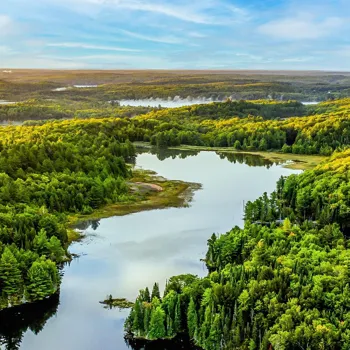
The original crater is estimated to have been about 300 kilometers in diameter, making it one of the largest impact structures on Earth so far discovered. Over billions of years, the crater has been significantly eroded and deformed by geological processes.
The impact had substantial effects on the early landscape of the Earth, altering the environment and influencing the course of geological evolution. Even though no life extinction was affected, the Sudbury Basin left a significant impact on the mineral and geological structure of Canada.
It remains a valuable location for geological research and exploration.
Oldest impact structure on Earth, Vredefort, provides vital geological clues
Moving further back in time, we encounter the Vredefort impact structure in South Africa. Dated to be approximately 2.02 billion years old, it is the oldest confirmed impact structure on Earth.
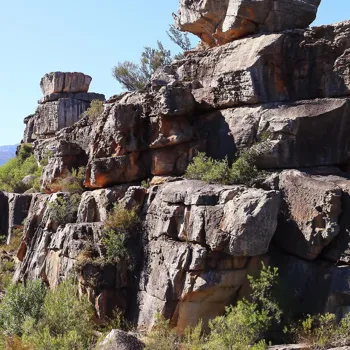
The original crater is estimated to have been nearly 300 kilometers in diameter, making it potentially even larger than the Sudbury Basin. The Vredefort impact drastically changed the topography of the region and had notable effects on the early Earth's crust.
The structure provides essential clues about the geological processes that shaped our planet billions of years ago. The study is very beneficial to researchers and geologists to learn about the early Earth's landscape and geology history.
The remains of the Vredefort Dome are now a World Heritage Site.
Devastating Tunguska event in 1908 highlights impact of NEOs
Turning our focus to more recent events, we arrive at the Tunguska event of 1908. This event took place in a remote region of Siberia, Russia, and is the only impact event in modern history. An object, believed to be a meteoroid or comet fragment, exploded in the atmosphere above the taiga forest.
The explosion flattened an estimated 80 million trees over an area of 2,150 square kilometers. While there was no impact crater, the devastation was extensive, with the blast creating a shockwave that was felt hundreds of kilometers away.
This serves as a sobering reminder that even relatively small objects can cause substantial damage. It also highlighted the importance of tracking near earth objects (NEOs). The Tunguska event has greatly boosted the study of meteoroids and comets.
A nickel-iron meteorite formed the Barringer Crater in Arizona, USA, 50,000 years ago
Another noteworthy event is the formation of the Barringer Crater, also known as Meteor Crater, in Arizona, USA. This crater was formed around 50,000 years ago, relatively recently on a geological timescale. The impact was caused by a nickel-iron meteorite.
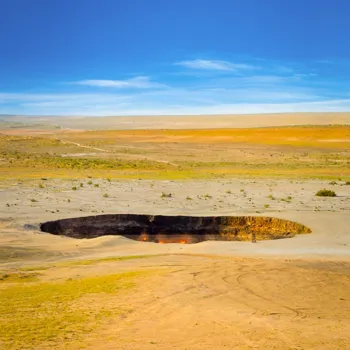
This is an example of what a space object can do to earth, even though it is just 1.2 km wide. The Barringer Crater is a well-preserved impact crater, offering valuable insights into impact cratering dynamics.
This has helped researchers understand the impact dynamics of these objects hitting earth. It's a popular tourist destination and also a significant site for scientific research.
Rio Cuarto craters in Argentina offer insights on low-angle impacts
The Rio Cuarto craters in Argentina are a group of elongated impact structures that formed approximately 10,000 years ago. Unlike the circular shape common for most impact craters, the Rio Cuarto craters are elongated, suggesting that the impacting object arrived at a shallow angle.
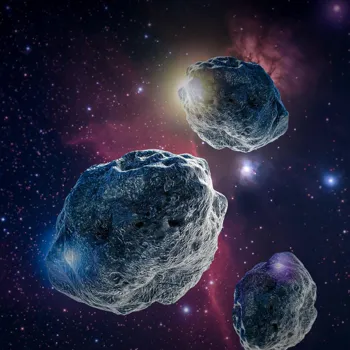
These structures provide valuable information about the dynamics of low-angle impacts and how they differ from more typical impacts. This helped scientists to analyse the space objects trajectory. The study of these craters has contributed to our understanding of impact mechanics.



